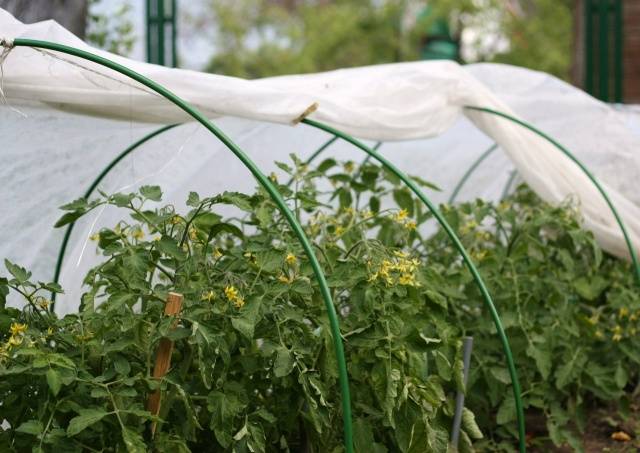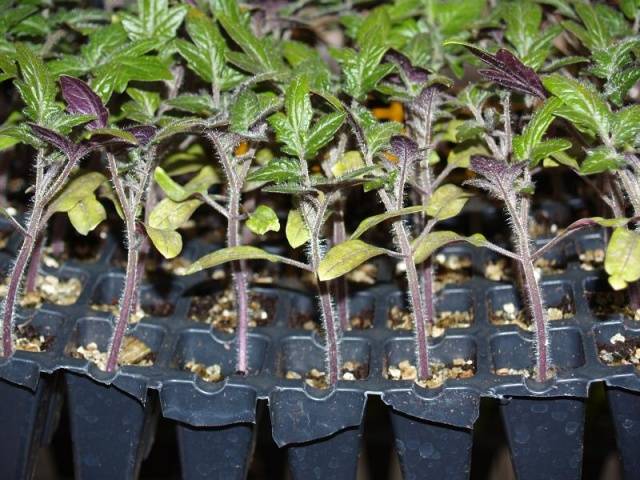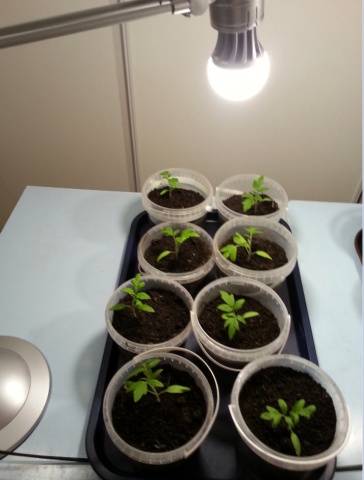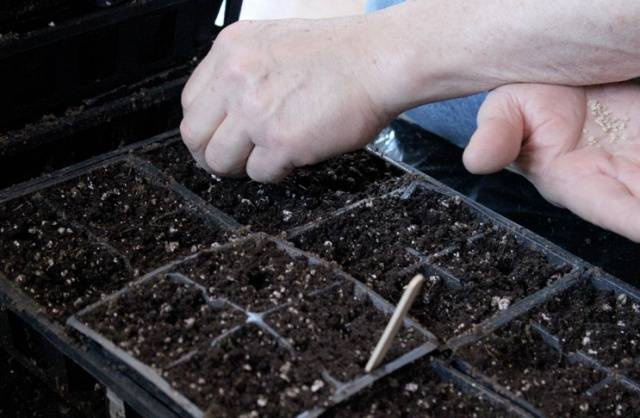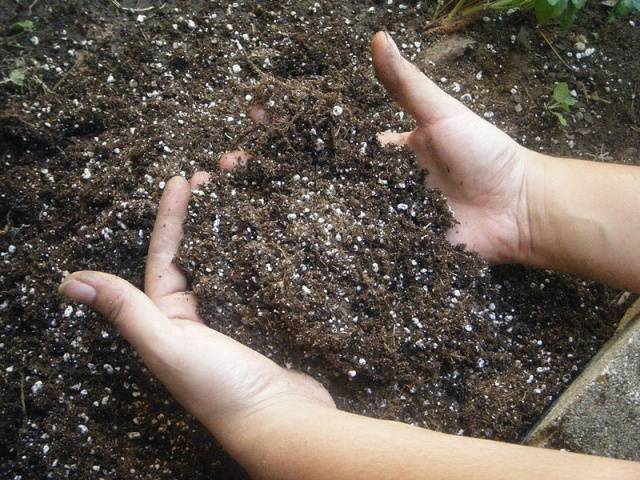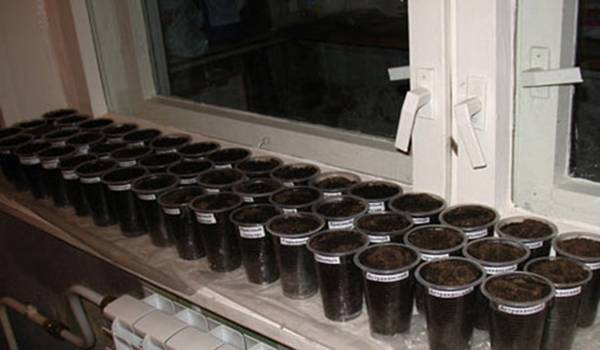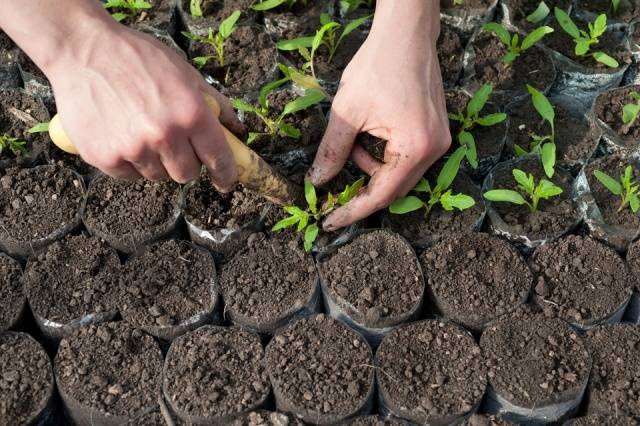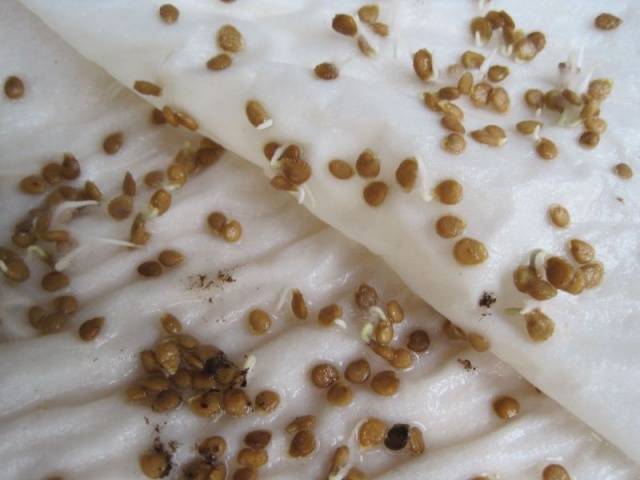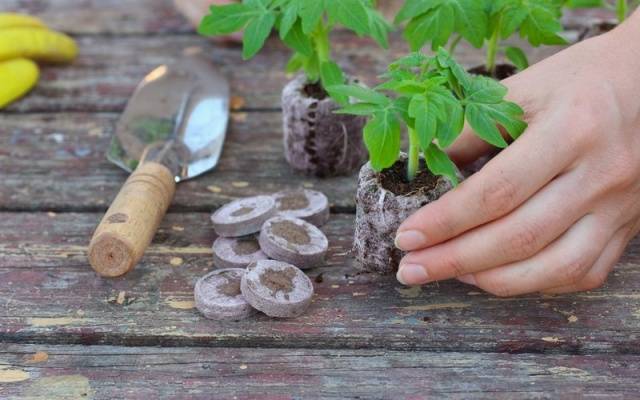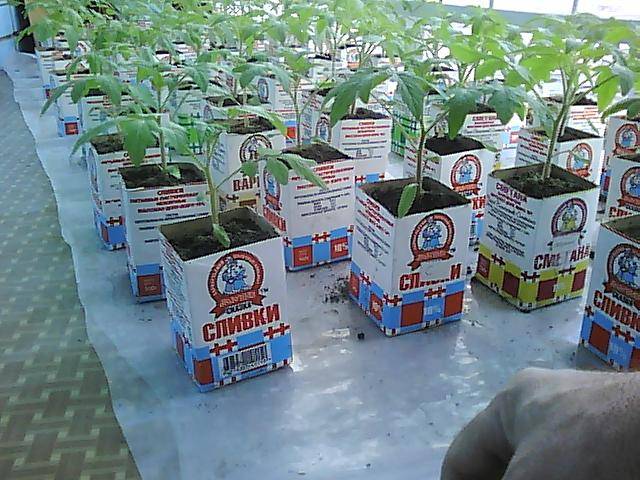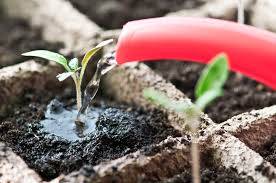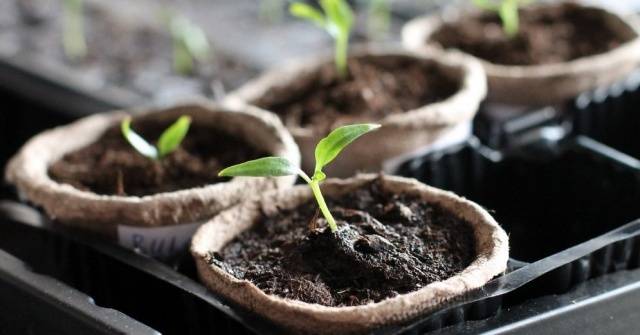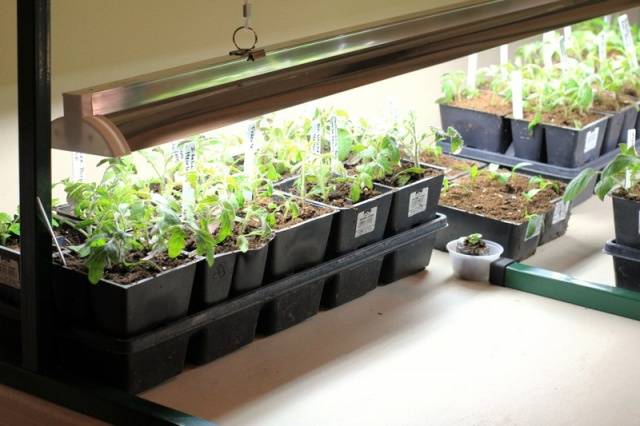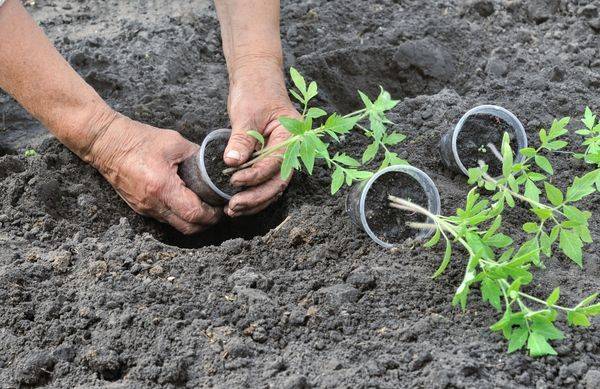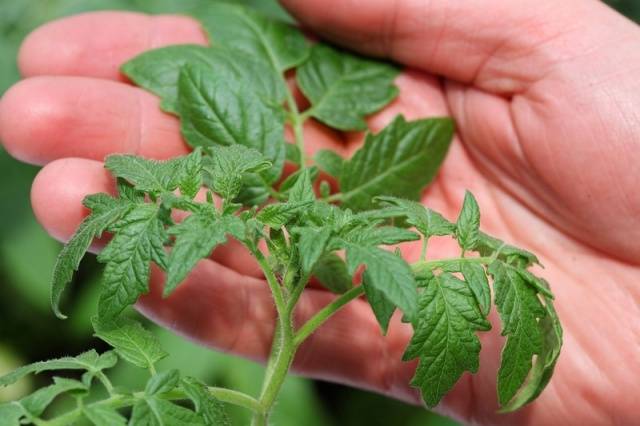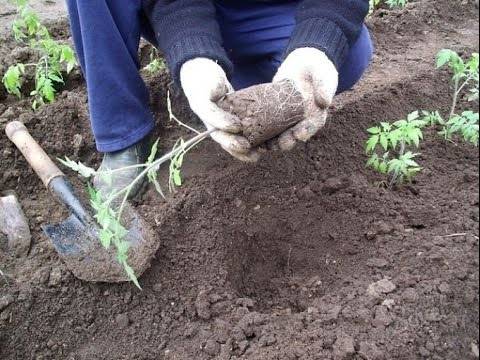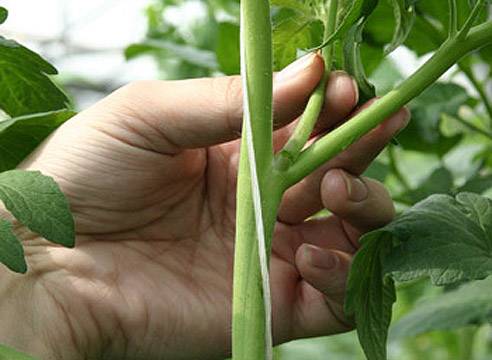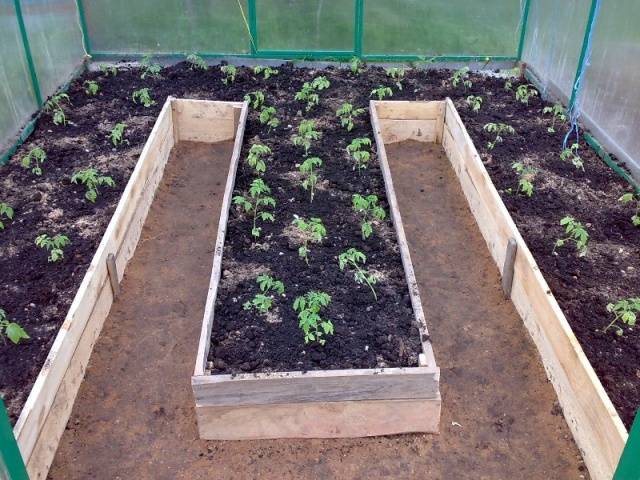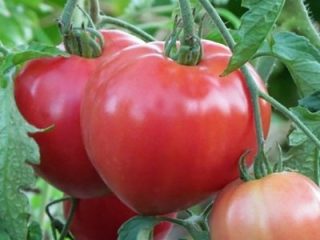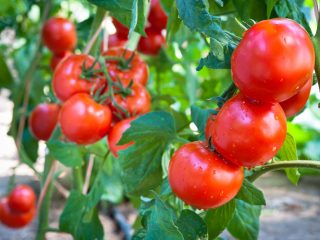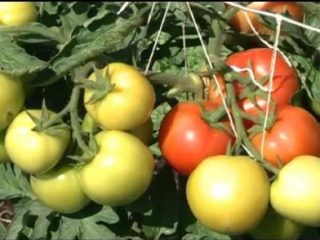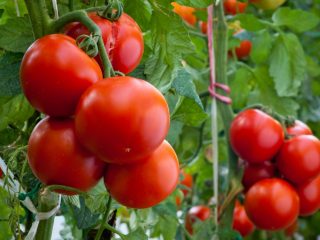Content
Growing heat-loving tomatoes in the temperate climate of Russia is not an easy task. Tomatoes are a southern plant with a long growing season. So that they have time to produce their harvest before the onset of autumn cold, tomatoes need to be grown in seedlings and it is better to do this in greenhouses. This is the only way to guarantee high yields of juicy and aromatic fruits.
How to determine the time of planting tomato seedlings for a greenhouse, how to sow tomato seeds correctly and when to move the plants to a permanent place - this article is about that.
Where to begin
You need to start growing seedlings by choosing a tomato variety. To do this, you need to prioritize and choose varieties that:
- intended for greenhouses and greenhouses;
- have early or medium ripening periods;
- have the ability to self-pollinate (which is very important in a closed greenhouse);
- resistant to fungal diseases of tomatoes, especially late blight (the risk of developing these diseases in a greenhouse is much higher than in open ground, because there is high humidity);
- They are distinguished by compact bushes that do not grow much to the sides;
- indeterminate tomatoes should not exceed the size of the greenhouse in height;
- produce good yields of tasty fruits.
After choosing a variety and purchasing seeds, you can proceed to the preparatory stage. At this stage, you need to select containers for seedlings, mix the soil or purchase a ready-made soil mixture for tomato seedlings, and prepare the greenhouse for transplanting.
Determining the timing of sowing seeds for seedlings
The growing season of early and mid-ripening tomatoes is about 90-100 days. And the optimal temperature for tomatoes It is considered 24-26 degrees during the day, and 16-18 degrees at night. In the local climate, this temperature regime does not last long - a month or two. This obliges gardeners to keep tomato seedlings indoors for half or even two-thirds of the growing season or to grow the crop in heated greenhouses.
In the south and in the middle zone of the country, tomatoes can be planted in a greenhouse when the night frosts stop - this is approximately the end of April or the first days of May. In the northern part of Russia, tomato seedlings are transferred to unheated greenhouses around mid-May or at the end of the month.
In addition to the date of planting seedlings in a permanent place, it is necessary to take into account the ripening time of tomatoes. You can recognize them by studying the label of the bag of seeds - after all, the growing season will be different for each variety.
Based on these two parameters, the date for sowing tomato seeds for seedlings is determined. On average, this is the end of February - for southern regions and late-ripening varieties, or early-mid March - for the middle zone and tomatoes with early ripening periods.
Tomato seedlings are transferred to a permanent place only when the weather permits. Even strong and healthy plants will not be able to take root well if the light level or temperature conditions do not facilitate this.
Preparing for sowing
First of all, you need to stock up on containers for tomato seedlings. Any plastic containers (for example, yogurt cups), disposable plastic dishes, wooden boxes, special peat glasses or seedling tablets will do.
The only requirement for the container for sowing seeds is that it should not be too deep. The optimal wall height is 15 cm.
Now you need to prepare the soil for tomato seedlings. Slightly acidic soil is most suitable for this crop; the soil should be crumbly and light. You can prepare a mixture for growing tomatoes yourself, or you can use a purchased soil mixture intended for seedlings of garden crops.
You can loosen soil that is too dense using coarse river sand or wood ash - these components are added to the soil and mixed thoroughly.
Before use, the soil for tomato seedlings must be disinfected, this is necessary to prevent the proliferation of microorganisms and fungi dangerous to tomatoes in the soil. Each gardener uses his own method for disinfection; you can choose any of them:
- Freezing for a long period is carried out in advance. To do this, the soil is mixed in the fall, and in winter, a canvas bag with soil is kept outside or hung on the balcony.
- Calcination is performed in the oven or microwave. To do this, scatter the prepared soil onto a sheet or frying pan and warm it thoroughly for half an hour. Before sowing seeds, the soil must be cooled.
- They usually pour boiling water over the soil that has already been poured into the boxes. The same method is suitable for disinfecting soil in open beds or in a greenhouse - you need to water the greenhouse soil several hours before transplanting tomato seedlings.
- The use of manganese is also quite effective. To implement this method, potassium permanganate is diluted in water to a dark purple liquid. This solution is used to water the soil in cups or seedling boxes.
Prepared and disinfected soil is poured into containers for growing tomato seedlings. The soil needs to be slightly moistened and compacted.
Then, using a knife or other flat object, make grooves about two centimeters deep - this is where the tomato seeds are later placed.
How to prepare tomato seeds
The timing of planting seeds for seedlings is slightly adjusted by the germination of the seed material. Typically, tomatoes germinate within 7-10 days, and the first pair of cotyledon leaves develops approximately 20 days after sowing.
In order for the seeds to hatch faster and the seedlings themselves to be strong and healthy, you need to thoroughly prepare the seed material for planting:
- You need to buy tomato seeds only from a trusted manufacturer - there is no need to save money here.High-quality tomato seeds have already passed the stage of calibration, hardening, and disinfection. Often, elite seeds are placed in nutrient capsules to speed up hatching and good growth of tomato seedlings. Purchased seeds should be stored for no more than two years, after which their germination capacity decreases.
- If tomato seeds are collected with your own hands from a previous harvest, you need to remember that seeds two to three years ago have the best germination rate. Therefore, you should not use last year’s seeds. It is also very important that seeds are not collected from hybrid tomatoes; only varietal tomatoes are suitable for propagation.
- The material for growing seedlings is calibrated - the most even, beautiful seeds of a uniform shade and the same size are selected.
- You can check germination using a saline solution. To do this, dissolve a few tablespoons of salt in a half-liter jar and place tomato seeds there. After half an hour, the material is inspected - only the seeds that have sunk to the bottom of the jar are suitable for planting. The floating seeds are hollow and nothing will grow from them.
- Tomato seeds also need to be disinfected. To do this, you can use an iodine solution (1% solution) or a manganese solution. The seeds are placed in this medium for 15-30 minutes, having previously tied them in a linen or gauze bag. After processing, the tomato seeds are thoroughly washed with running water.
- You can stimulate the seeds to hatch as quickly as possible by placing them in a thermos with water at a temperature of about 50 degrees for a day or two. However, this stage is optional, since many gardeners are of the opinion that tomatoes should be sown with dry seeds.
- If the owner still wants to be sure of the germination of tomato seeds, he can wrap them in a damp cloth after the thermos and close them in a small container. The seeds need to be kept in this form for two to three days; the container is opened slightly for ventilation twice a day.
- Hardening off tomato seeds will later help the seedlings more resistant to low night temperatures and their fluctuations. Already sprouted seeds are hardened by placing them in the zero chamber of the refrigerator for a day.
- You can feed the seeds in a solution of wood ash, a couple of spoons of which are added to warm water.
Planting seeds for seedlings
You need to be extremely careful with sprouted seeds, as the delicate sprouts break very easily. Therefore, you need to germinate seeds on a cloth or cotton pad, and not on a bandage or gauze - the sprouts will easily get tangled in the fibers and break.
You need to transfer the seeds into the prepared grooves using tweezers. Place them at a distance of about 2-2.5 cm from each other - this is approximately the width of two fingers of an adult hand folded together.
Now the seeds are sprinkled with dry soil and compacted a little. There is no need to water the grooves; it is better to use a spray bottle and spray the water on the ground. After irrigation, containers with seeds are covered with plastic film or transparent glass.
Place the pots and boxes in a very warm place where the temperature is constantly maintained at 26-28 degrees.
After 7-10 days, the first sprouts will appear, this is a signal that the film needs to be removed from the boxes.
How to care for tomato seedlings
Growing tomato seedlings is a painstaking process; attention must be paid to the plants every day, because every little detail is important.
In order for tomato seedlings to be strong, you must follow these rules:
- after germination After the first leaves, boxes and pots of tomatoes are placed on a well-lit windowsill. If there is not enough sunlight yet, the tomato seedlings will have to be illuminated with fluorescent lamps. Due to lack of light, plants may become too elongated, weak and frail.
- Until more than two leaves appear, do not water the tomato seedlings; you can only slightly moisten the soil with a spray bottle.
- When the cotyledon leaves have formed, the tomato seedlings are planted in disposable containers. You need to move the plants carefully, trying to capture the lump of soil along with the roots.
- You can water tomato seedlings after diving. To do this, use melted or boiled water heated to 20 degrees. Cold water promotes the development of fungal diseases of tomatoes and inhibits their growth. Tomatoes need to be watered at least once every 4-5 days. If the weather is sunny, the seedlings will have to be watered daily. It is important not to wet the leaves and stems, so water the tomatoes at the root. To do this, it is convenient to use a small watering can with a long spout.
- Tomatoes need to be fed after the cotyledon leaves appear, that is, after diving. To do this, fertilizers are dissolved in warm water and tomato seedlings are watered with this solution. You can use any ready-made fertilizer for flowers or seedlings, or prepare a mixture of mineral fertilizers yourself.It is not recommended to fertilize tomatoes with nitrogen solutions; this will lead to excessive growth of bushes and severe foliage.
- The leaves and stems of tomatoes will tell you about the lack of lighting. If the foliage turns yellow, fades, changes color or darkens at the edges, the seedlings do not have enough sunlight. The same can be said about overly elongated tomatoes - they do not have enough light, or the room temperature is below optimal.
- During the day, tomatoes need a temperature between 22-26 degrees, and at night it should drop to 16-18 degrees. If this regime is not followed, the seedlings will become lethargic and weak - they are unlikely to grow into a fertile bush.
How to know when seedlings are ready to be transplanted into a greenhouse
When the temperature outside stabilizes and the threat of severe frost passes, the seedlings need to be transplanted into a greenhouse. At this point, the tomatoes must meet some requirements:
- The height of low-growing tomato varieties should be about 15 cm; for tall tomatoes, 30-centimeter seedlings are considered the norm.
- By the time of transplantation to a permanent place, the stems should have at least eight true leaves.
- The diameter of the stem of a strong seedling should be approximately the size of a pencil.
- The bushes already have one or two ovaries with flower buds, but there are no small fruits yet.
- The leaves are tight, bright green, without damage or spots.
Advice from experienced gardeners
In the process of repeatedly growing seedlings, certain rules and skills are formed. Therefore, experienced gardeners can give some useful tips to beginners:
- To increase productivity, it is recommended to plant two plants in one pot at once. After twenty days, the strongest sprout is selected and left, and the top of the second plant is pinched. After this, the stems are tied with nylon thread. Thus, you can get a bush with two roots, which will be twice as durable and productive.
- Many recommendations for growing seedlings say that before planting tomatoes in a permanent place, the soil in the pots must be thoroughly moistened. However, this method leads to the breakage of part of the root system - when the glass is turned over to remove the tomato, half of the roots break off and remain on the walls and bottom of the glass. In order not to damage the roots, it is better, on the contrary, not to water the tomatoes for two or three days - the soil will shrink and move away from the walls of the glass, which will allow you to easily remove the plant.
- Since tomatoes do not tolerate transplantation well, it is better not to pick up the seedlings, but to immediately sow the seeds in disposable cups.
- In the greenhouse you need to install two horizontal crossbars - trellises, to which the tomatoes are tied with a soft rope or a strip of fabric. Immediately after planting, the seedlings are tied to the first trellis, which is 20-30 cm above the top of the tomato. The second support is located under the ceiling of the greenhouse; they switch to it when the tomatoes outgrow the lower trellis.
- In the first weeks after planting, the seedlings are covered with spandex or lutrasil, throwing the canvas over the lower support. During the day, the greenhouse is opened for ventilation; the shelter does not need to be removed.
Now it has become clear when it is better to plant tomatoes as seedlings for the greenhouse - to calculate the date, you need to take into account several factors at once. Plant seedlings Making your own is much more effective than buying something ready-made. After all, this is the only way to be sure of the quality of the variety, the durability of the plants and the timing of fruit ripening.
